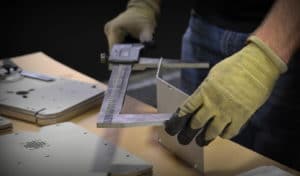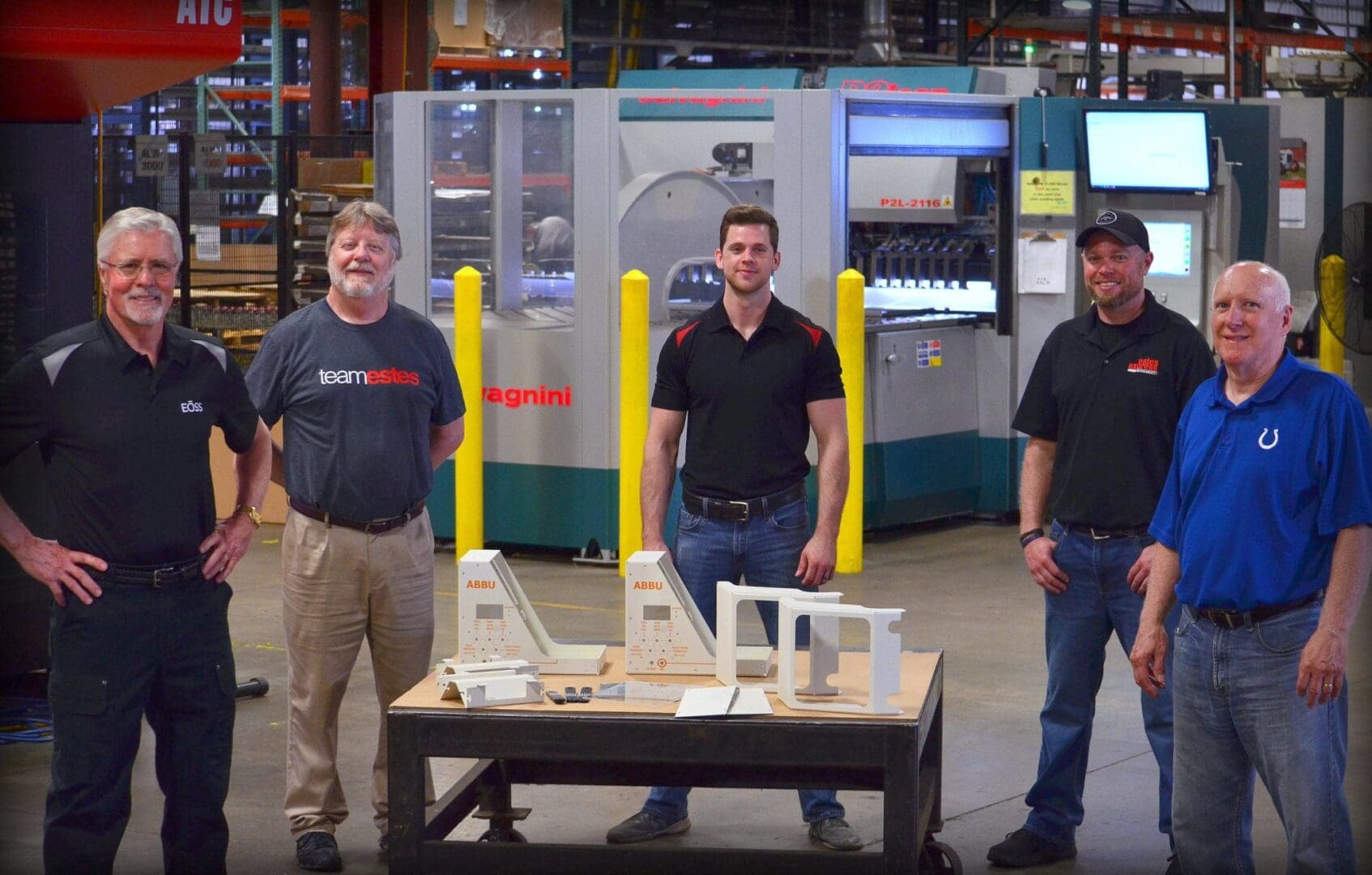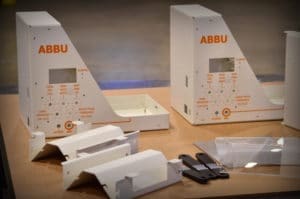Estes’ Desire to Help
With the looming crisis and global effects of the COVID-19 pandemic reaching far and wide, Vice President of Operations, Ron Estes, was actively seeking for ways Estes Design and Manufacturing could help meet some of the needs created by the spread of the virus. With this desire to contribute on a humanitarian basis, Estes teamed with the development group at the Texas Innovation Center at the University of Texas at Austin’s Cockrell School of Engineering and provided emergency assistance in building the first 10 pre-production bridge ventilator units of a unique ventilator that provides breathing assistance to COVID-19 patients. These units are currently undergoing testing and evaluation and are providing essential data for U.S. Food and Drug Administration (FDA) Emergency Use Authorization (EUA) testing and validation.
As a private pilot who is interested in the aerospace industry, Ron came across an article in an aerospace newsletter explaining the resources Sir Richard Branson with Virgin Orbit had donated to help in the development of a similar, less complicated ventilator. Virgin Orbit and their engineering team were collaborating with doctors at the University of California Irvine, with the goal of developing a ventilator-like device that could be built quickly and easily mass produced by other manufacturers. Ron reached out to the doctors at UC, Irvine with an offer to help. He was then connected with Dr. Van Truskett, Executive Director of the Texas Innovation Center, Professor Thomas Milner, and the ABBU research team at the Texas Innovation Center who were working on a product that was similar, but offered more functionality, could adjust to the patient’s breathing rate and capacity, and had further applications after COVID-19.
ABBU
The device is called Automated Bag Breathing Unit (ABBU). Using a simple design, the developers created the ventilator with the intention of producing a low fidelity product, keeping the needs of rural hospitals, lower income communities, and third world countries in mind. Many hospitals across the world do not have access to funds to purchase a $25,000+ ventilator. The bridge ventilator needed to be cost-effective to reach underserved areas and also simple enough that moderately trained medical staff could operate it properly.
Furthermore, the ABBU unit needed to have flexibility in its application to be useful after COVID-19 in ambulances, emergency rooms, and other areas were automated ventilators would typically not be available.
How It Works
The bridge ventilator is made of standard componentry that has already been tested and demonstrated reliability in other applications. Major components include an AMBU (artificial medical breathing unit) bag, windshield wiper motor, caster wheel, and the necessary controls to automate the process. AMBU is a manual hand-held resuscitator bag and mask that requires a person to manually compress the bag in order for air to reach the lungs. AMBUs also have no volume control and the amount of air reaching the lungs depends on the operator’s force when squeezing the bag. With medical personnel in high demand during the coronavirus outbreak, Dr. Thomas Milner and the ABBU team knew these were two issues that would need to be addressed in the design of the ABBU device. To eliminate the necessity of a person manually squeezing the AMBU bag, the device uses a caster wheel to compress the bag, which helps COVID-19 patients to breathe. ABBU’s synchronous operation stays in rhythm with the patient’s breathing and has adjustments to control the breathing rate, tidal volume, inspiratory time, and assist breathing threshold to customize air flow to the body weight of the patient.
Estes’ Contribution
The Estes team, including designers, programmers, buyers, and expert fabricators – along with able assistance from Commercial Finishing Corporation and other key subcontractors – was able to program, laser cut, form,  paint, assemble, and ship 10 prototypes to Dr. Milner and the ABBU research team in under two weeks. These prototypes helped assist the research team in testing (mechanical, electrical, and animal) and verifying their design and helped them collect the necessary data needed for the FDA evaluation that is currently in process.
paint, assemble, and ship 10 prototypes to Dr. Milner and the ABBU research team in under two weeks. These prototypes helped assist the research team in testing (mechanical, electrical, and animal) and verifying their design and helped them collect the necessary data needed for the FDA evaluation that is currently in process.
Read Dr. Truskett’s testimonial below on Estes’ involvement with this project.
“We consider Ron Estes and the Estes Design and Manufacturing group as part of our ABBU team, focused on helping the world at this critical time. Estes produced the ABBUs with exceptional quality and craftsmanship, while working with a compressed schedule.This enabled us to complete the tests and validation required for FDA submission.”
Once the device is approved by the FDA for EUA, the plan is to license the design to multiple manufacturers so the ventilator can be quickly manufactured and distributed to hospitals and health care facilities around the world still treating COVID-19 patients. Estes Design and Manufacturing has plans to help manufacture the components needed for the ABBU, and it is our hope and prayer that our contribution towards the product can help save lives.
If you are looking for a prototype team or manufacturer to help with your medical product design, contact us today to learn how Estes Medical Design and our innovative approach can help make your project come to life!









